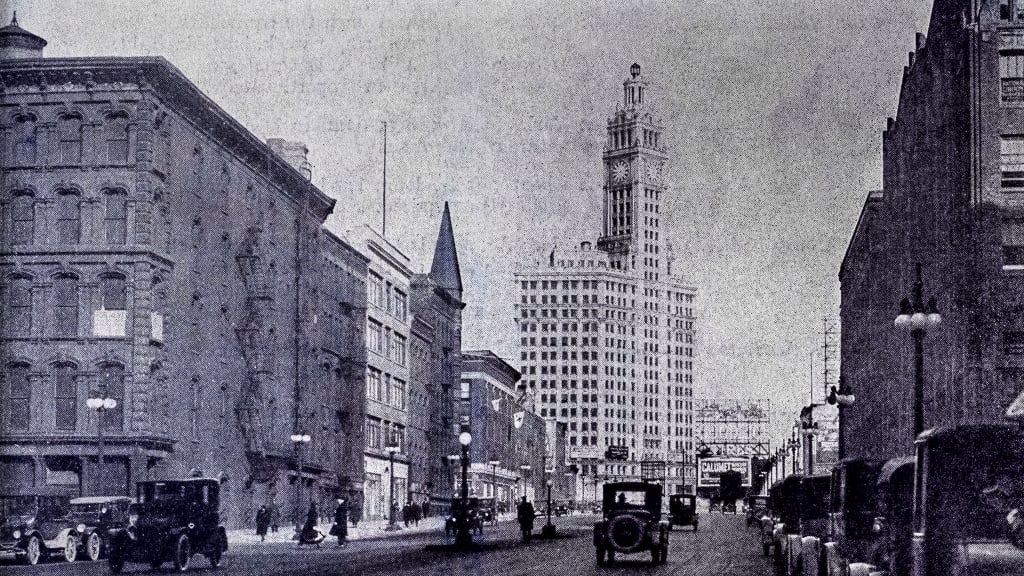
"Charles Beersman was thirty-one when he began designing the Wrigley Building, young even in those days for such a major commission. He likely started with a sketch, as he was taught by Paul Cret at the University of Pennsylvania-a quick drawing of the facade and footprint and probably a detail of the clock tower."
"It is easy to see why Wrigley's approach to architecture was in many ways identical to his approach to marketing. Be anything but ordinary! Stand out, make people notice you, give them something that feels like a gift."
"Beersman would also have been aware that the building would be his debut in Chicago and would determine how he was regarded for the remainder of his career. Ironically, the architect would never again have the freedom he enjoyed with this project."
"The Wrigley is a symphony—a series of architectural choices that blend to create a lasting work of art that reflects the personalities and vision of those involved."
Charles Beersman, at the age of thirty-one, began designing the Wrigley Building, forming close connections with Peirce Anderson and William Wrigley. His design process likely started with sketches and included detailed discussions with Wrigley about his vision for the building. Wrigley's marketing philosophy heavily influenced the architectural approach. This project was significant as it marked Beersman's debut in Chicago and provided him with remarkable creative freedom, although such freedom would not be experienced again. The Wrigley Building is characterized as a unique work of art that represents a collective vision and artistic collaboration.
Read at Fast Company
Unable to calculate read time
Collection
[
|
...
]